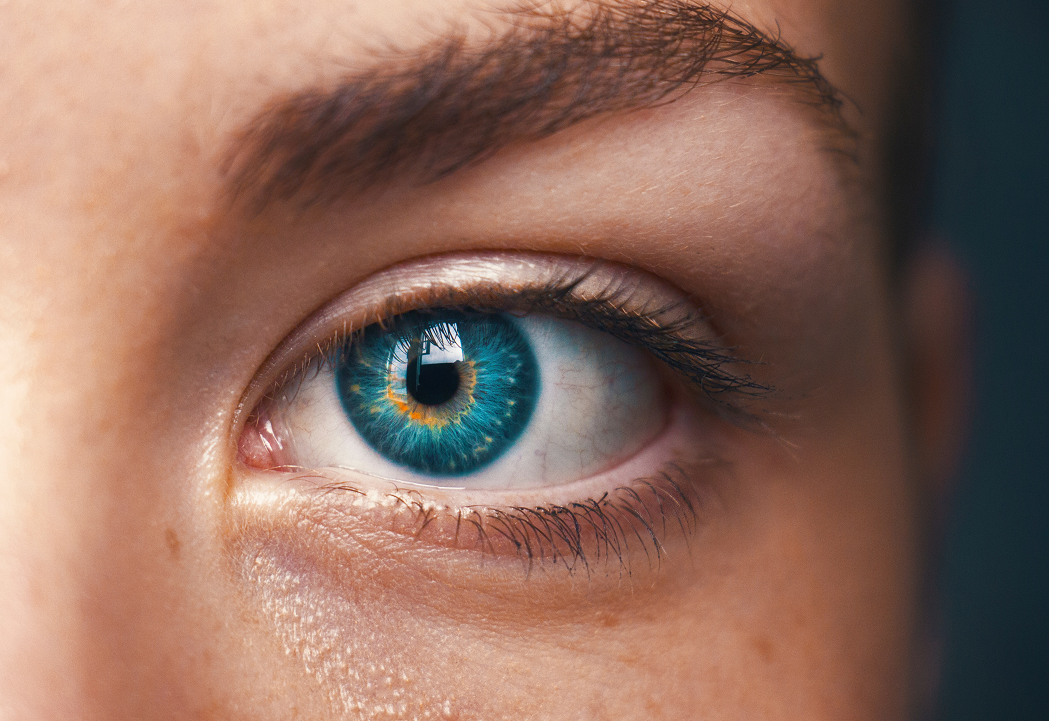Seeing clearly: Know your risk for macular degeneration
More than 60 million Americans are estimated to be at high risk for vision loss. However, according to the CDC, only half of those at risk have visited an eye doctor within the last year.
One of the most common causes of vision loss is age-related macular degeneration (AMD). Eleven million people in the United States have some form of AMD, and the number is expected to rise to 22 million by 2050.
“AMD is a condition that affects the retina, or the back layer of the eye. It can harm your central vision, which affects daily activities such as reading, writing or cooking,” said Dr. Christina Weng, an ophthalmologist with the Alkek Eye Center at Baylor College of Medicine. “At the earliest stages of AMD, you may not notice any changes with your vision.”

Wet vs. dry AMD
There’s a dry form (atrophic) and a wet form (neovascular) of AMD. About 80 percent of people diagnosed with AMD fall into the dry category.
“Dry AMD is thought to be the less aggressive form. About 10-15 percent of those diagnosed with AMD have the wet form. More people lose vision from the wet form than the dry form, although both can cause vision loss.”
The most common symptom of AMD is blurriness in the center of your vision and seeing distorted objects. While there’s currently no medication to treat dry AMD, advancements have been made with wet AMD treatments.
“Nowadays, the majority of patients with the wet form of AMD are able to hold on to their vision with treatments, including monthly injections. It’s been revolutionary for our field and has brought a solution to a once untreatable disease.”
Who is at risk?
There are three major risk factors for AMD: Age, ethnicity, and family history.
“AMD risk increases for those over the age of 55, and those who have family members with AMD should be especially vigilant about receiving annual eye exams. Caucasians and Asian-Americans are also much more prone to developing AMD.”
Smoking . If you’ve been diagnosed with AMD, Weng says smoking or extended screen use could weaken your eyes even further.
“Receiving an annual eye exam is the biggest key to the diagnosis and treatment of AMD. The earlier you’re treated, the better off your vision will be.”
Dr. Weng is an assistant professor of ophthalmology at Baylor. Learn more about the Alkek Eye Center or call 713-798-6100.
–By Nicole Blanton




I have been diagnosed with Dry Eyes, Kaiser Permanente, several years ago. Lost retina in left eye due to bleeding in left eye. Had cataracts removed maybe three or or so years ago. My ophthalmologist says my eyes look okay. My problem is that my eyes fog up my glasses and this has been happening before 1994. No one can tell me why. It affects my driving and everything I do. My eyes feel heavy and blurry much of the time. (One optometrist told me I needed smaller glasses, I did order smaller glasses, that didn’t help.)
Hello,
Thanks for reading. You can learn more about Baylor Eye Care here: https://www.bcm.edu/healthcare/specialties/eye-care-opthalmology-optometry or call 713–798–6100 to schedule an appointment.
Best,
-Nicole